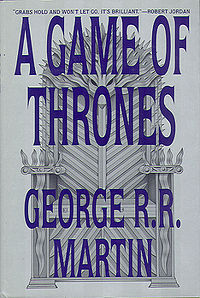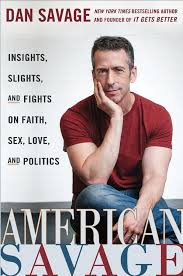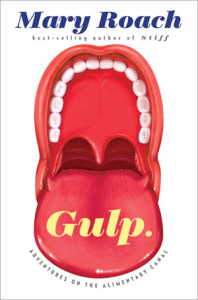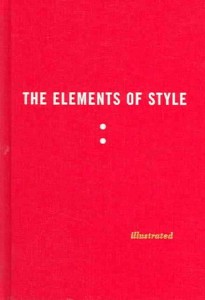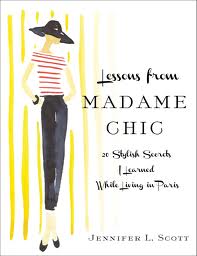Are we a pampered country? Are we full of wimps who wouldn’t know what to do if our iPhones and MacBooks stopped working? Is that premise dismissive of those who have to face really terrible circumstances on a daily basis?
“One Second After” is a book about life in a small North Carolina town in the days and months after a suspected electromagnetic pulse (EMP) attack. It’s an interesting premise – possibly similar to “Revolution,” which I believe was a TV show about a world without electricity – told from the perspective of the protagonist John, a widowed former military colonel with two daughters (12 and 16), an ever-present mother-in-law and two dogs. He is a professor at the local Christian college, and a respected man around town.
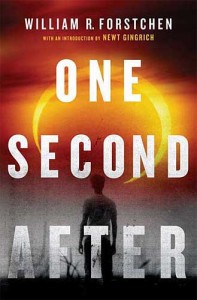
The first chapter sets up the town, daily life, and provides some glimpses into John’s background. What is initially thought to be a temporary power outage proves far worse as the vast majority of cars immediately stop working, radios fail and back-up generators will not turn on. If you’re unfamiliar with an EMP, read more here: http://en.wikipedia.org/wiki/Electromagnetic_pulse
Once I got past the silly forward by Newt Gingrich (who, as an aside, makes mention of how grateful we all should be that the U.S. prevented a Big Brother-type state. Ahem.), the book itself was a quick read. My copy was about 350 pages long but I read it in two days. That was a function both of the quality of writing and the fact that it is too hot to function right now. When it is 87 degrees in my bedroom at 9:30 at night, all I want to do is read a book in front of a fan.
Speaking of fans, we rely on technology for a lot – not just the creature comforts of a warm shower or an iPod, but for the preservation of life for many people. One of the best components of this book is the description of all the things that would not be available once an EMP hit. Cars would stop working unless they were built before computer components were incorporated into the design. Jets would drop from the sky. Our means of distribution would stop (trucks, railway), so some areas of the country would have rotting crops with no way to transport them to the starving people in deserts. Tradesmen and hobbyists would be hot commodities as they might be able to get a steam engine working to provide some power to the nursing home full of Alzheimer’s patients.
This is all fascinating and the author does a great job with his descriptions. I do, however, have some issues with the narrative choices he made. First, while there are some strong women in the book, they are all strong in traditionally female ways. John’s mother-in-law is clearly a steel magnolia, but she’s primarily relegated to child care. John makes a new friend with a female ‘outsider’ (someone stuck in the town but not from there) who is in a medical profession, but is a nurse, not a doctor. There’s nothing wrong with being a nurse, but there is such a stereotype of women in the nursing profession that this could have been an easy chance to break away from that trope. The town mayor is a woman, but the public safety and former military men make all the decisions. Would it have been so difficult for the author to have made the mayor a man and one of the major public safety figures a woman? Just to mix it up to try to avoid making the story hyper-masculine?
Additionally, there is a lot of writing focused on these military people patting themselves on the back, and a whole lot of denigration of pacifists. As you can imagine for a book that has a forward by Newt Gingrich, there is a heavy military overtone that is not just limited to wanting to fight whoever is responsible for setting off the EMP. There are the ‘outsiders,’ along with bands of criminal elements desperate for food and happy to make life miserable for others. One conversation is focused on the ‘hippies’ who are useless and wouldn’t survive without the military folks, apparently attempting to prove that it’s definitely not worth being true to your values and ethics when the times get difficult. I cannot agree with that sentiment as presented in this book.
There is also a disturbingly ableist tone to much of the book, especially when the town doctor is discussing the challenges the town will face when mental health medications – antidepressants, antipsychotics – are no longer available. The dismissive tone – that so many people are just ‘coddled’ being on these medicines, and the ones who really need it are ‘wackos’ – was deeply disappointing. Especially when such a tone was not struck when discussing John’s daughter’s need for insulin. I appreciated that there were frank discussions about triage and the ethics of using medication on someone who was going to die soon anyway when it could be used on others who have a chance to live, but there was clearly a bias prevalent suggesting that physical ailments were real, and mental health ones either were not, or were only important in how they impacted to town, not the individuals suffering.
With those caveats, I can still recommend this book primarily for much of the human story and some of the details and reminders of what technology does for so many of us on a daily basis. The militaristic feel is a bit much for me, but it is not a deal breaker.
